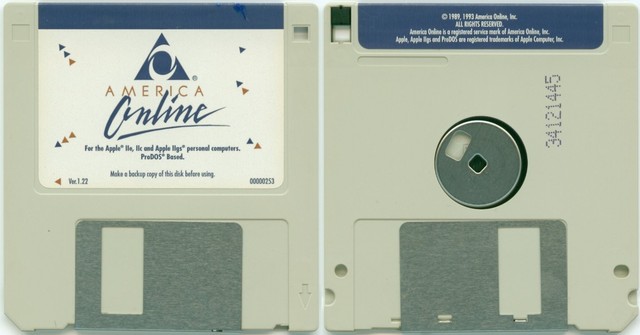The Media Timeline
The Media Timeline
Woodblock printing is invented in Han Dynasty China at sometime before 220 AD. This made China become the world first print culture.
1439: Printing press in Mainz, Germany: The printing press is invented in the Holy Roman Empire by Johannes Gutenberg before 1440, based on existing screw presses. The first confirmed record of a press appeared in a 1439 lawsuit against Gutenberg.
1792: Claude Chappe invents the modern semaphore telegraph.
1811: Friedrich Koenig invents the first powered printing press, which was also the first to use a cylinder.
1816: Francis Ronalds builds the first working electric telegraph using electrostatic means.
1822: Nicéphore Niépce invents Heliography, the first photographic process.
1822: Charles Babbage, considered the "father of the computer", begins building the first programmable mechanical computer.
1841: Alexander Bain devises a printing telegraph.
1855: James Clerk Maxwell invents the first practical method for colour photography, whether chemical or electronic.
1877: Thomas Edison invents the first working phonograph.
1892: Léon Bouly invents the cinematograph.
1909: The first instantaneous transmission of images, or television broadcast, is carried out by Georges Rignoux and A. Fournier.
1926: The Yagi-Uda Antenna or simply Yagi Antenna is invented by Shintaro Uda of Tohoku Imperial University, Japan, assisted by his colleague Hidetsugu Yagi. The Yagi Antenna was widely used by the US, British, and Germans during World War II. After the war they saw extensive development as home television antennas.
1927: The quartz clock is invented by Warren Marrison and J.W. Horton at Bell Telephone Laboratories.
1928: Philo Farnsworth demonstrates the first practical electronic television to the press.
1933: FM radio is patented by inventor Edwin H. Armstrong.
1938: Z1 built by Konrad Zuse is the first freely programmable computer in the world.
1947: Holography is invented by Dennis Gabor.
1953: The first video tape recorder, a helical scan recorder, is invented by Norikazu Sawazaki.
1957: The first personal computer used by one person and controlled by a keyboard, the IBM 610, is invented in 1957 by IBM.
1971: Email is invented by Ray Tomlinson.
1972: The first video game console, used primarily for playing video games on a TV, is the Magnavox Odyssey.
1973: The first capacitive touchscreen is developed at CERN.
1973–74: The Internet protocol suite (TCP/IP) is proposed by Vinton Cerf and Robert E. Kahn for the Defense Advanced Research Projects Agency (DARPA) ARPANET, creating the basis for the modern Internet.
1984: The first commercially available cell phone, the DynaTAC 8000X, is created by Motorola.
1990: The World Wide Web is first introduced to the public by English engineer and computer scientist Sir Tim Berners-Lee.
Sony introduces its PlayStation video game console

The first Nintendo game system appears on shelves

Computer Aniamation is introduced

Having won the battle for the desktop and the browser, Microsoft lost no time in moving against its next big target, bringing America Online into its sights throughout much of 1999.

Apple announces the first portable music digital player the iPod, created under project codename Dulcimer.

YouTube - the online video sharing and viewing community - was invented in 2005 by Steve Chen, Chad Hurley and Jawed Karim.

By 2006, Facebook and Twitter both became available to users throughout the world.
2007: Tumblr, a popular microblogging and social networking website, launches.
2010: Pinterest, a photo sharing website, launches. This services allows users to submit images or "pins", then other users can "pin" them on personalized "pinboards". Users can then comment on each other's content and interact with it.
2010: Pinterest, a photo sharing website, launches. This services allows users to submit images or "pins", then other users can "pin" them on personalized "pinboards". Users can then comment on each other's content and interact with it.
2010: Instagram, a photo/video sharing and social media service, launches.
2011: Snapchat, a photo/video sharing and social media service, launches.






























Comments
Post a Comment